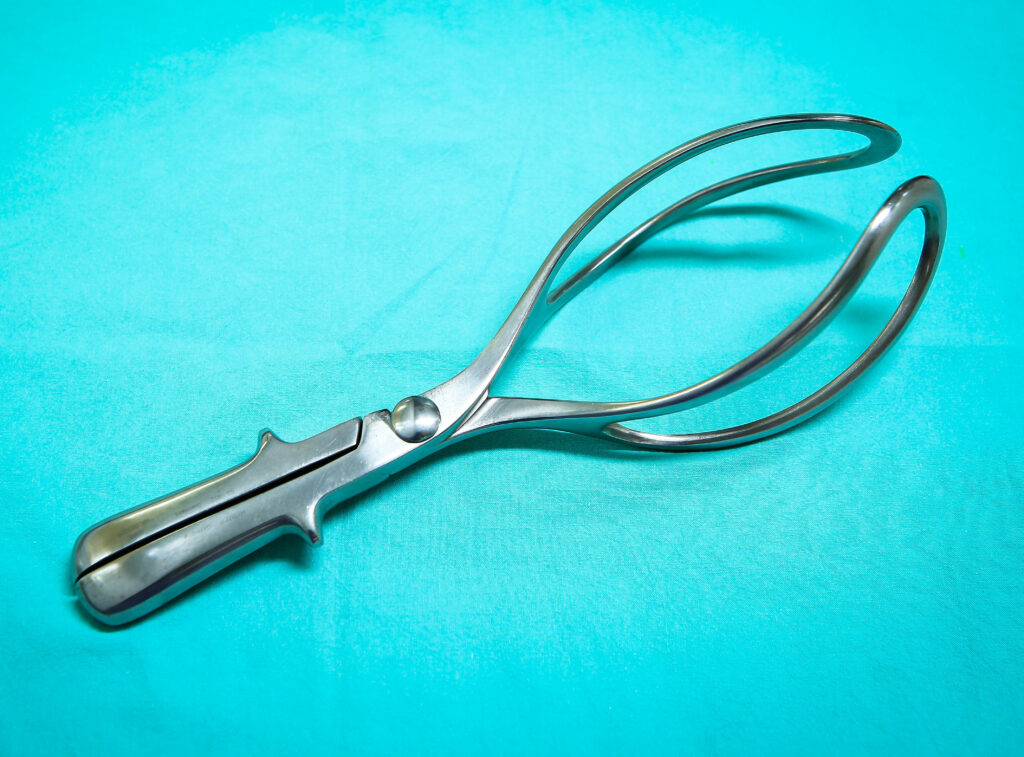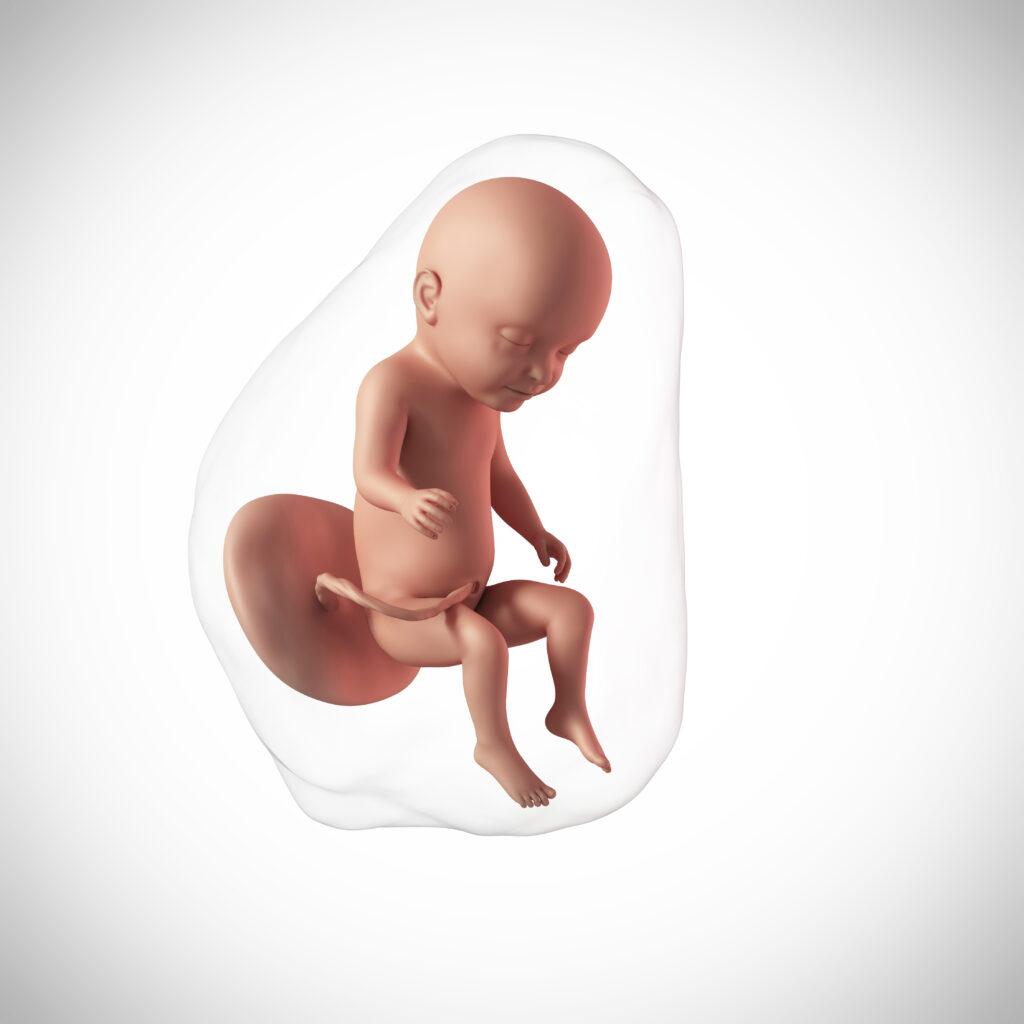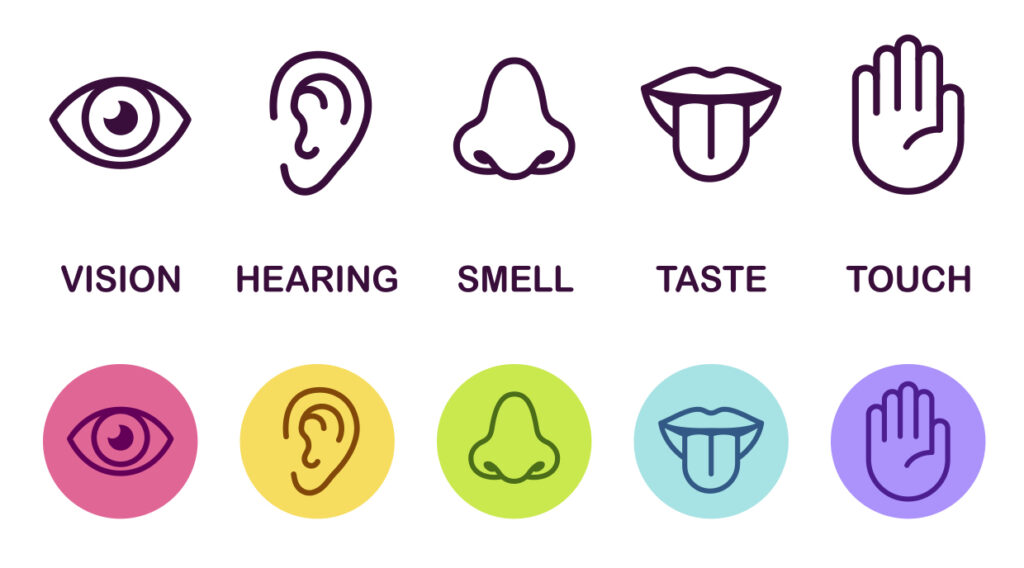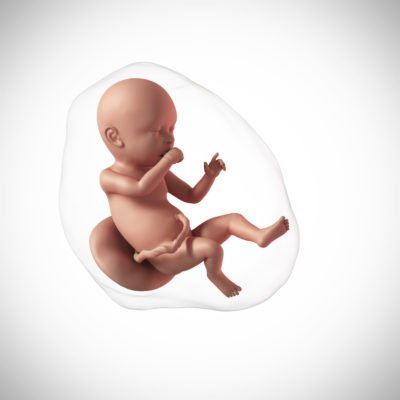Welcome to Week 35 of Pregnancy!
In This Week’s PediaGuide, We’ll Discuss:
- Plus, a Few Friendly Reminders.
But First, We’ll Start Off With an Overview of the Week, the Pregnancy Countdown, and a Word About Your Developing Baby’s Size.

As you plod towards your due date, your baby — now the size of a honeydew melon — may be dropping deeper into your pelvis.
The Countdown: 5 Weeks to Go!
Baby Size: A Honeydew Melon

And Here’s a Pic of What Your Developing Baby Looks Like This Week (More or Less):
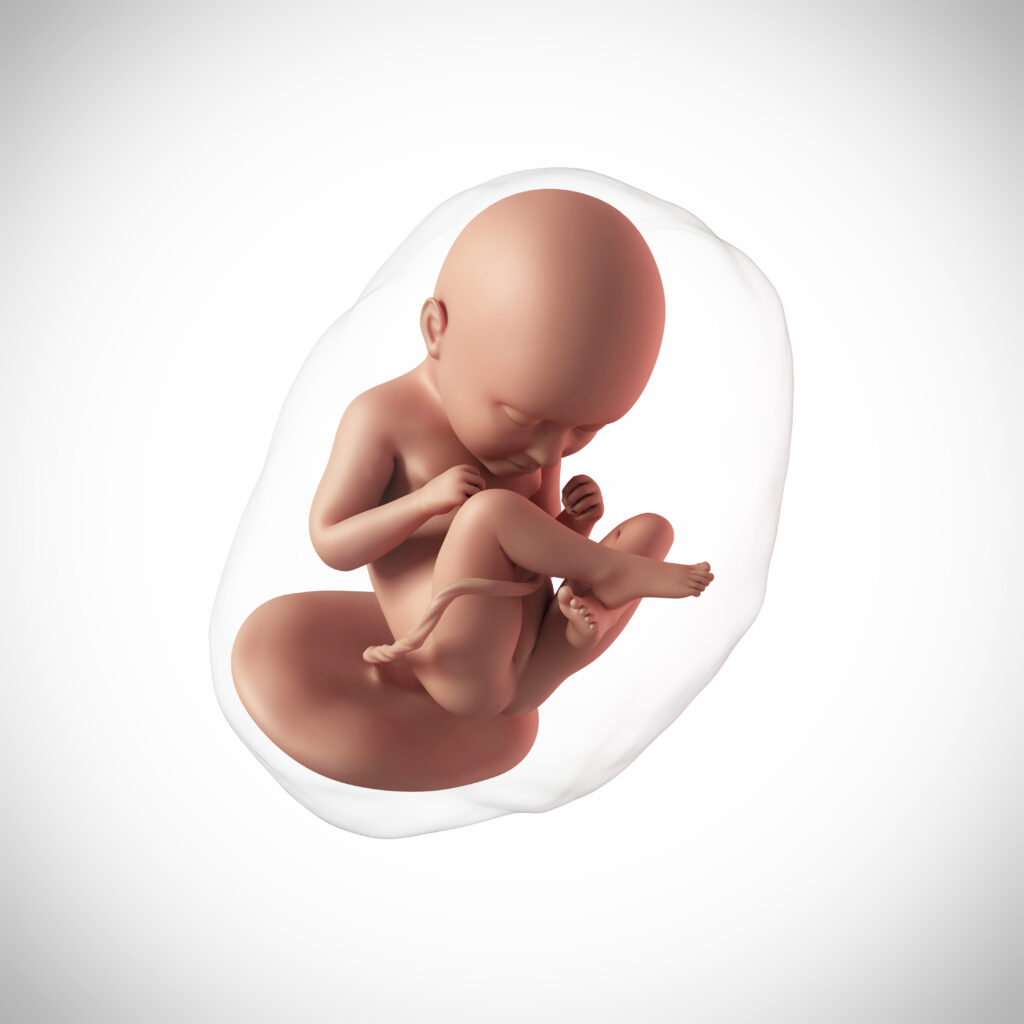

Last Week:
Your developing baby’s vernix got thicker, and their digestive system got primed and ready for delivery.
This Week:
- Your baby continues to fatten up.
- During the third trimester, the weight of your baby’s brain increases tenfold.
Insider Info: The bones of your baby’s skull won’t fuse until your little one is about 2-years-old. Why? Because the brain needs room to grow and the skull has to be pliable (read: squishable) when it comes through the birth canal.

- As your body expands, think of your baby getting stronger and plumper rather than of you getting rounder.
- Kegel exercises remain your friend. Get Wise (Again) about what they are and how to do them.
- Consider picking up some panty liners if you’re experiencing incontinence (accidentally peeing yourself).
- Guess What?! Your uterus is about 1,000 times its usual size.



As a Reminder, the Hot Topics for This Week Are:
Get Wise(r) About These Topics Below…
The Top 10 (Practical) Items for Postpartum Moms

If you’re twiddling your thumbs and want to do some shopping, below is a list of (practical) items that you may want for yourself after you give birth. This list includes products for both nursing and non-nursing Moms.
1. Comfy Sleepwear With Easy Access for Nursing
Why? Because you don’t want to have to fiddle around with a lot of buttons while you’re nursing.
2. Nursing Bras
You may have one or two of these in your underwear drawer already.

3. Nursing Pads
Nursing pads help keep milk leakage on the down-low.
4. A Nursing Pillow
A nursing pillow can make it easier to comfortably position your baby during breastfeeding.
PediaWise Picks: My Brest Friend Nursing Pillow & the Boppy Original Nursing Pillow and Positioner.
5. Soothies
Gel pads for soothing sore nipples.
Lanolin cream is great for cracked nipples. It works quickly to repair skin that’s been damaged by breastfeeding.
7. Big Sanitary Pads
These mega pads may seem like overkill when you first see them, but it’s a little-known fact that ALL women bleed for several weeks after giving birth. There will be clots and heavy flow at times, so you’ll want to protect your undies. If your vagina is swollen to the point that it’s getting irritated by the sanitary pads, try Depend disposable undies instead.
8. Ibuprofen
Ibuprofen is helpful for post-delivery soreness and pain. Plus, it’s safe to take while breastfeeding.
9. A Stool Softener and Hemorrhoid Helpers
Stool Softener: Constipation, a common postpartum complaint, can lead to hemorrhoids (swollen veins around the anus). Take a stool softener to help you stay regular. PediaWise Pick: Colace.
Hemorrhoid Helpers: Hemorrhoids are a literal pain in the *ss and tend to develop during pregnancy and/or during the delivery (i.e. when you push the baby out).
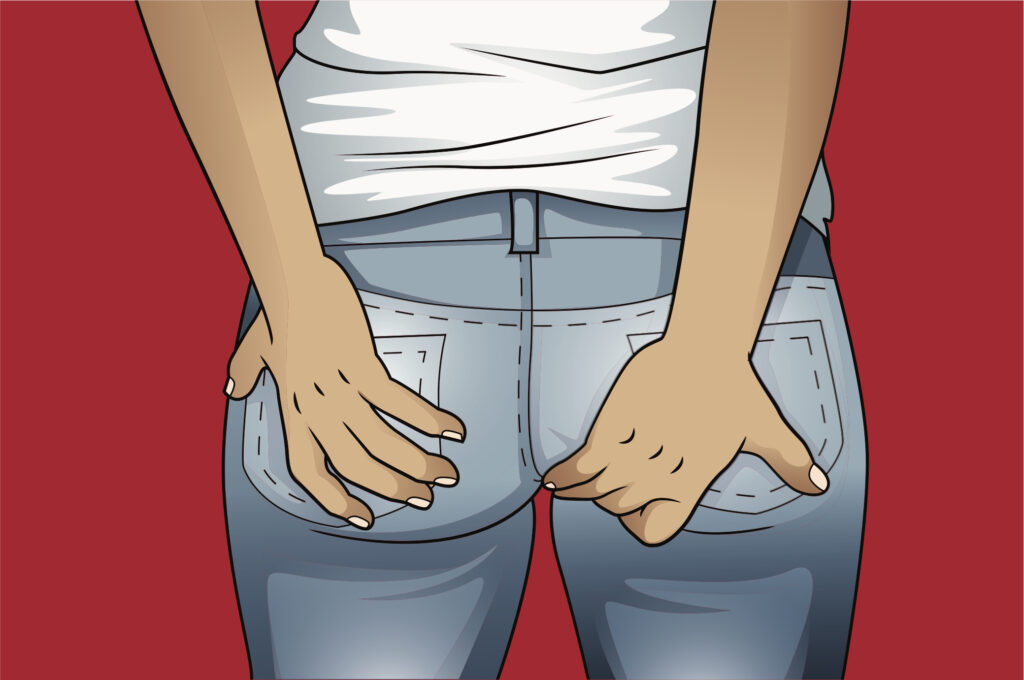
- If the hemorrhoids are on the outside (i.e. you can see them and feel them), they’re called external hemorrhoids. This is the most common type of hemorrhoid during pregnancy.
- If the hemorrhoids are lining the inside of the anus (i.e. they don’t see the light of day), they’re called internal hemorrhoids. Internal hemorrhoids don’t hurt or itch as much as external hemorrhoids, but they do have a tendency to bleed.
Here are a Few Hemorrhoid Helpers to Ease the Pain:
- Witch Hazel Pads.
- A Sitz Bath.
- A Peri Bottle (to Squirt Warm Water on Your Swollen Lady Bits).
Free Swag: If you deliver your baby vaginally, you’ll probably get some of these items in your hospital goody bag.
PediaTip: Ask your doctor what the hospital staff typically doles out to new Moms upon discharge. Why? So, you don’t waste $$ doubling up on anything.
10. A Reusable Water Bottle
If you’re breastfeeding, you’ll want to hydrate like crazy. It helps, therefore, to have a water bottle by your bed or chair at all times.
The Bottom Line
Pick and choose the postpartum products that you need (or want) from the list above.
Labor Day: You Can Wear White After This One

Most women go into labor at night (typical!) and deliver during the day.
What Exactly is Labor? Labor is the process by which contractions cause the cervix to open (dilate) and thin out (efface). The contractions also help propel the baby down the birth canal.
Insider Info: Unlike “real” contractions, the “fake” Braxton Hicks contractions are irregular and don’t cause changes in the cervix (i.e. they don’t lead to labor).
What Causes Labor? No one really knows what sparks labor. Some researchers think the fetus gets the ball rolling by transmitting a “let’s get the party started” message to Mom. This message spurs a hormone in Mom’s brain (oxytocin) to tell the uterus to contract. Then, it’s off to the races.
I’ve Heard That Labor is Divided Into Stages. What Are They?
Yup, you’re right. Labor is divided into 3 stages. You may be surprised to hear that two of the stages occur after you’ve done a lot of the hard work and are fully dilated. Get Wise about the 3 Stages of Labor below:
1. The First Stage of Labor: The Start of Labor Until It’s Time to Push.
- The first stage of labor is divided into 3 phases: latent labor, active labor, and transitional labor.
- Latent labor is essentially the warm-up to the main event. It dilates the cervix to about 3 centimeters.
- Active labor is more intense and dilates the cervix to roughly 7 centimeters.
- Transitional labor dilates the cervix the rest of the way.
- You’ve stopped “laboring down” when your cervix is fully dilated (to 10 centimeters) and is 100% effaced (i.e. completely thinned out).
- For first-time Moms, the first stage of labor can take a while (think: 12-24 hours).
- If this isn’t your first pregnancy, this stage of labor will probably be shorter (more like 4-8 hours).
2. The Second Stage of Labor: The Pushing and Delivery Stage.
- For first-time Moms, the average pushing time is 2-3 hours.
- If you’ve delivered a baby vaginally before, this stage may take less than an hour and require only a few pushes.
Fun Fact: “Crowning” means the baby’s head has appeared at the opening of the vagina. When this happens, your partner may shout “I can see the head,” even though they promised to stay north of the equator.
3. The Third Stage of Labor: The One They Don’t Show in the Movies.
- If you think labor is over when the baby is out, think again. There’s actually one more stage to go.
- The third stage of labor involves the delivery of the placenta (aka the afterbirth). This typically occurs 5-10 minutes after the birth of the baby and takes about 5-15 minutes to complete.
Note: If you end up having a planned C-section, you’ll get to skip the first and second stages of labor and your doctor will take care of the third stage.
Common Questions About Labor

What is Precipitous Labor?
Precipitous labor is labor that lasts less than 3 hours (from start to finish). While this may sound like a dream come true, it often catches Moms-to-be by surprise and doesn’t give them much time to get to the hospital.
Precipitous labor occurs in 2-3% of pregnancies and is more likely to occur in women who’ve given birth before.1
What is Back Labor?
Back labor feels like intense cramping in your lower back and occurs when the baby puts pressure on your tailbone as they travel down the birth canal. I can tell you, from personal experience, that back labor is the pits.
PediaTips:
- If you develop back labor, try massaging your lower back with a tennis ball.
- If you’re planning to get an epidural, let the anesthesiologist know if you develop back labor so they can make the appropriate adjustments.
The Bottom Line
Labor isn’t the most pleasant thing in the world, but it’s temporary and worth it!


- For the average, uncomplicated pregnancy, doctors typically allow pregnant women to travel by plane until 36 weeks. Therefore, you’ll probably be “grounded” after this week.
- Think about how you want to announce your baby’s arrival.
A Note to All of the Perfectionists Out There:

Practice loosening your grip on things a bit as you prepare for parenthood. First-time parents (especially) tend to want things to be “perfect” before the baby arrives, as if that will make them the perfect parents and give their child the perfect life. Parenthood has shown me (a recovering perfectionist) the fun (mixed in with the fear) of not holding on so tight.
Oh…and binge-reading Brené Brown’s book, The Gifts of Imperfection, helped, too.

Q: My childbirth instructor says it’s not pain I’ll feel during labor, but pressure. Is she right?
A: Yes, in the same way that a tornado might be called an air current.
~Make the Cut

And…That’s a Wrap.






